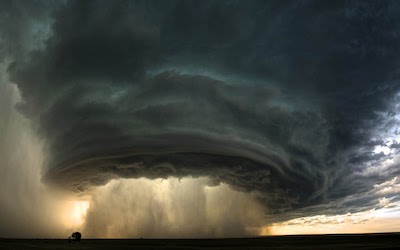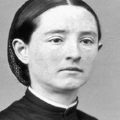PTE考生目前最大的问题之一就是练习题缺乏。除了有限的基本官方书(PLUS,Testbuilder, OG)之外,就没有题了。很多英语基础不是很扎实的同学很难找到练习材料。墨尔本文波雅思PTE培训学校专门为墨尔本,悉尼PTE考生准备了PTE练习的lecture 93篇。各位PTE同学可以练习阅读,练习记笔记技巧,可以练习复述,甚至可以练习describe image。废话少说,下面开始:
The winds of a tornado are the most violent and destructive ones on Earth. Any of you who have seen one knows very well how frightening and powerful they are. What’s interesting about them is that scientists don’t actually know exactly why tornadoes occur. We do know, however, what happens when tornadoes are formed. As you remember, a front occurs when cool, dry air from the north meets warm, humid air coming from the south, from the Gulf of Mexico, for tornadoes in the United States. Where these air masses meet, a narrow zone of storm clouds develops, and thunderstorms, and sometimes tornadoes, occur. How is this violent weather produced? Well, a mass of warm, humid air rises very rapidly. As it rises, more warm air rushes in to replace it. This inrushing air also rises, and in some cases, especially when there is extreme thermal instability, begins to rotate. When this happens, the rotating air forms a tornado. Even if you’ve seen tornadoes only in movies, you know that they can demolish buildings in seconds. This is possible because when a tornado passes over a house, it sucks up air from around the house and so the air pressure outside the house drops rapidly. Inside, pressure remains the same. So, air pressure inside is greater than air pressure outside. The result is that the building explodes outward. Next, we’ll talk a little bit about how new technological developments are being used to try to predict tornadoes.
【生词摘录】
1. tornado: n. [C]飓风,龙卷风 2. destructive: adj. 破坏性的 3. humid: adj. 潮湿的,湿润的 4. mass: n. [C]团,块,堆 5. thunderstorm: n. [C]雷雨 6. inrushing: adj. 大批涌进的 7. thermal: adj. 热的,热量的 8. instability: n. [C]不稳定(性) 9. rotate: v. 旋转 10.demolish: v. 毁坏,破坏,推翻,粉碎





